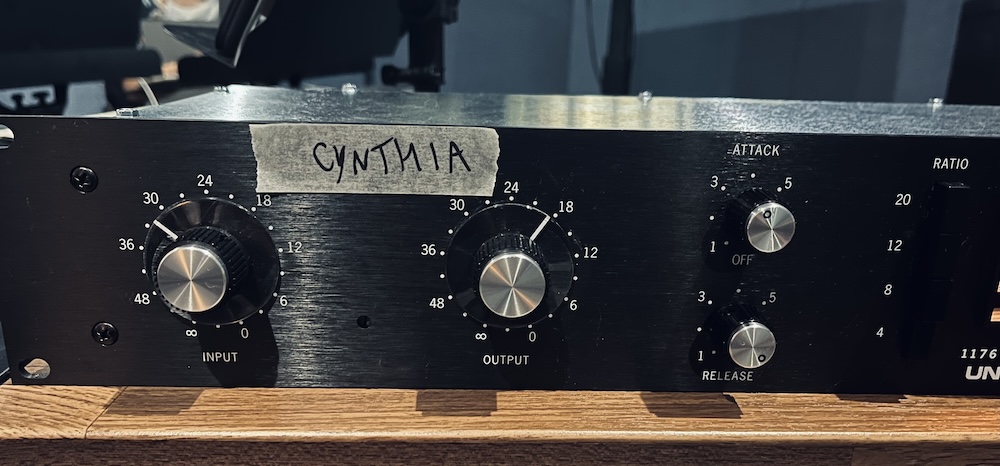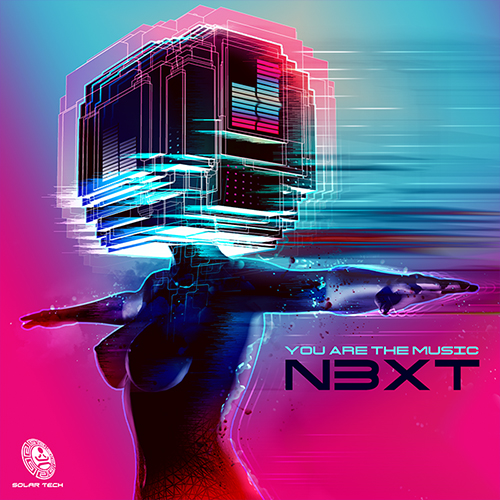-
 play_arrow
play_arrow
Clubalicious Clubalicious Radio
-
 play_arrow
play_arrow
London Calling Podcast Yana Bolder

A ONE-MAN BAND
Not everything ran smoothly during Wicked‘s journey to theaters. During post-production, the mid-2023 writers’ and screen actors’ strikes brought everything to a screeching halt. “We weren’t allowed to work during the strike,” Greg Wells shares, “so we lost several months of valuable work time.”
Then, during a Zoom call to coordinate scheduling and travel arrangements for a fast-approaching date to record the London Symphony Orchestra at AIR Studios in London, Schwartz dropped a bombshell. Everyone had assumed there would also be sessions to replace his MIDI backing racks, Wells says. “But Stephen said, ‘Hold on a second, I think there’s a misunderstanding. I want Greg to be the band.’ I texted executive music producer Steven Oremus and said, ‘I think my workload just quadrupled!’”
Wells had created the MIDI demos before a single frame had been shot, but now he had director Chu’s spectacular vision to inspire him. He had learned from previous movie soundtrack projects, like The Greatest Showman, for which he won his first Grammy Award, to trust the picture. “I feel like the picture’s telling me what to do, so with Wicked, I let it conduct me,” he explains. “I was also encouraged by the composer and the executive music producer to do my own thing. I would say, ‘Guys, are you sure?’ And they would say, ‘Greg, we’ve heard this music for 20 years; we want to hear it differently.’ There was only one instance where I played a drum fill that was kind of too much, but Stephen didn’t ask me to take it out, just turn it down.”

Regarding drums, Wells used a pair of his Telefunken TF51 mics on overheads for the recordings. “I swear they sound like vintage 251s,” he says. “I didn’t have $40,000 to spend on overhead drum mics, and these are priced well. They’re magical.”
He continues, “I got to really drill down on ‘Defying Gravity,’ a big, powerhouse song. There are certain sections where there are 12 tracks of guitars, double- and triple-tracked through Marshall, Friedman and Supro amps, with Fender guitars playing these crazy low notes that are all floppy and a little bit out of tune, to give it this growl. I was able to bring that nutty, obsessive thing to the mix, as well. I think ‘Defying Gravity’ might be one of the best-sounding mixes in the film—which is good, because that’s how [the first film] ends!”

REAL-TIME TEMPO CHANGES
The singers were given plenty of leeway to emote in a scene, so there was some push and pull to the tempos. “The tempo changes constantly,” Wells confirms, “which is something I do in my record productions, because I have a lot of classical training, and I don’t like click tracks.”
It wasn’t just the actors. “Everyone seemed to have their hand on that throttle. I’ve never seen so many tempo maps,” he laughs. “They kept changing, I swear, right up until the final day. Our music engineer, Robin Baynton, in London, was constantly having to conform tracks to new tempos. It was almost a full-time job. Stephen would watch a scene and say, ‘I think we got that wrong. It needs to pull back a little bit here,’ or ‘This feels a little slow.’ Technically, it was difficult, but it was worth it.”
Wells hasn’t had a full-time studio assistant since the pandemic, during which time he became self-sufficient. Plus, he’s been spoiled, he says: “I love working with Joe Chiccarelli. He’s my audio guru and a good friend. Anything that I’m good at sonically, it’s all because of him.”
As the changes started piling up, he says, “Every title of a mix had to reflect what it is and why it exists. Then there are spreadsheets: who’s approved it, who hasn’t heard it yet. I’m not the most organized person in the world; my eyes start to cross with that stuff. By the end of this first movie, I did bring in a lovely engineer named Jason Soudah, a Brit from the Hans Zimmer camp, because the workload became so intense.”

ON TO THE FINAL MIX
On previous projects, Wells would turn over stereo stems of his stereo mixes to the film’s re-recording mixer to create an immersive mix. For Wicked, Mike Knobloch, who oversees Universal Pictures music and soundtracks, and Andy Nelson, the film’s re-recording mixer, set him up for a month in the new McLean Stage on the Fox lot, which is configured for theatrical and home Atmos mixing.

“Andy mixed the movie at Warner Brothers on a big dub stage,” Wells explains. “On his first pass, he mixes the vocals—all the dialog and singing, sometimes with no music, sometimes with a little bit of track to get his bearings—then builds out from there. Then he starts to bring the music tracks in, but he doesn’t mess with his vocal mix. He’s so good; his work is fantastic on this film.”
It turned out to be a unique experience for Wells: “There were plenty of requests from Andy and Jack Dolman, our supervising music editor, asking if I could revisit a cue, because they wanted more drama from the woodwinds or more drums, so I got to tweak some stuff. But Andy told me that he didn’t want to touch my mixes unless he had to move something around, and he gave me some great pointers, especially for mixing orchestral stuff. I can’t say enough good things about him. I’ve never had that kind of support before in this world.”
Written by: Admin
Similar posts
Recent Comments
No comments to show.Featured post

Latest posts
Current show
Upcoming shows

Stardust
Bergwall
07:00 - 08:00
Norwegian Dance Chart
Top 40 Hottest Tracks in Norway
09:00 - 11:00
Fresh Is Fresh
THIS WEEKS HOTTEST DANCE RELEASES FROM DEE JAY PROMOTIONS
11:00 - 16:00
Future Disco
Carley Foxx
16:00 - 17:00
Finnish Dance Chart
Top 40 Hottest Dance Tracks In Finland
17:00 - 19:00Chart













